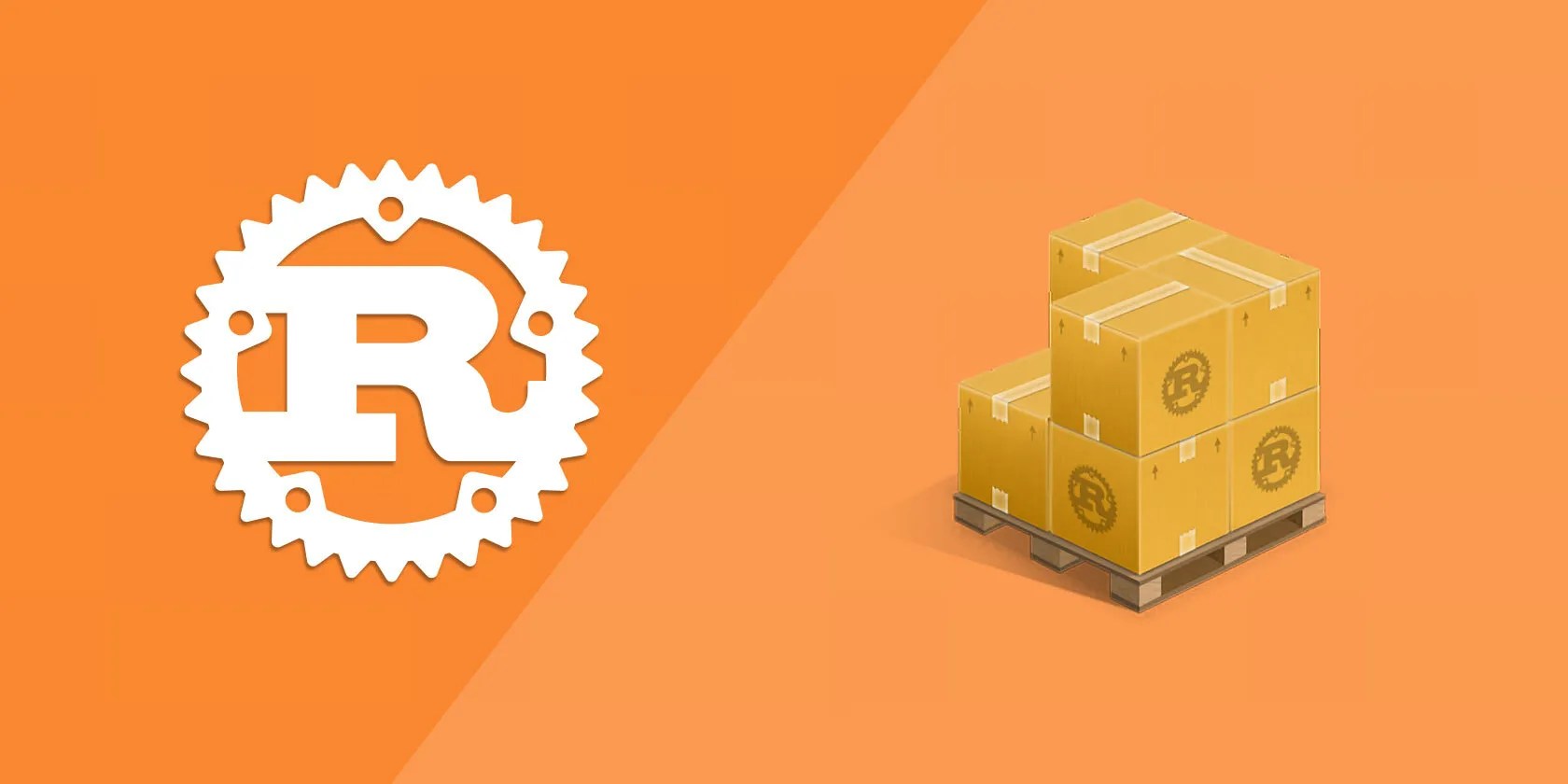How to Work With TOML Files in Rust
Configuration files play crucial roles in software development and system administration for customizing and fine-tuning software behavior to make them adaptable to different environments and user preferences. There are many types of configuration files, like YAML and TOML.
TOML (Tom’s Obvious Minimal Language) stands out as a powerful and user-friendly option among numerous configuration file formats for its syntax and how it addresses the shortcomings of existing configuration file formats to provide a more intuitive and straightforward alternative.

Understanding the TOML File
At its core, the TOML file format expresses structured data in a human-readable format. TOML distinguishes itself with its minimalistic and intuitive design following a key-value pair structure where each key represents a configuration option associated with a value defining its settings.
TOML file format relies on simple syntax rules prioritizing readability, making it accessible to humans and machines. One notable feature of TOML is its support for various data types, including strings, integers, floating point numbers, booleans, arrays, and tables.

TOML’s versatility allows you easily express complex configurations to accommodate a wider range of use cases. TOML offers many features and functionality, making it an ideal choice for configuration purposes.
TOML follows the rules and conventions that define its syntax and structure. The format relies on indentation and key-value pairs to represent configuration data.

Here is an example of a simple TOML file for configurations:
This TOML file has two sections containing key-value pairs representing specific configuration options. Here, theportkey in the[server]section specifies a port number on thehostkey that specifies the server’s hostname.

Working With TOML Files in Rust
Rust, a language that prides itself on safety, performance, and developer experience, chose TOML files as its configuration format due to its seamless integration with its ethos.
You can attribute Rust’s decision to utilize TOML to several key factors. First, TOML strikes a harmonious balance between readability and expressiveness. Additionally, TOML’s minimalist approach ensures it remains free from unnecessary complexity, aligning with Rust’s design philosophy.

There are multiple third-party crates for working with TOML files in Rust’s ecosystem, with thetomlcrate as the most popular one.
Thetomlcrate provides comprehensive support for parsing, manipulating, and serializing TOML data, making it an indispensable tool for handling configuration files and structured data in Rust applications.
Towork with third-party packages in Rust, create a Rust project with Cargo and add this directive to thedependenciessection of your project’sCargo.tomlfile to install and use thetomlcrate in your Rust projects:
For TOMLdata serialization and deserialization, you’ll need the serde crate. Thetomlcrate interoperates finely withserdefor data processing.
Once you have added thetomlandserdecrates as dependencies, you can import them into your Rust code and utilize its functionalities.
Thetomlcrate can read, write, and parse TOML files.
Reading TOML Files With Rust
After adding thetomlcrate as a project dependency and importing the crate into your project, you may read TOML files in your Rust programs.
First, you’ll need to open the TOML file with the built-infscrate’sFilestruct:
Themainfunction opens acargo.tomlfile with theFile::openmethod and reads the file’s contents into a string with theread_to_stringmethod before printing the contents to the console with theprintln!macro.
Reading the contents of a TOML file as a string is useful, but in most cases, you want to load the data into a more structured format. Rust allows us todefine struct typesthat represent the data structure of our TOML files. you may now use thetomlcrate to automatically deserialize the TOML data into these structs.
Here’s how you can read the contents of your project’sCargo.tomlfile and print them to the console:
TheCargoToml,Package,Dependencies, andSerdeDependencystructs represent the structure of the TOML file. The structs are annotated with#[allow(dead_code)]attributes to disable dead code warnings for the structs.
Themainfunction reads the contents of theCargo.tomlfile into thetoml_strvariable and thefrom_strmethod of thetomlcrate reads the TOML string and deserializes the contents into thecargo_tomlvariable.
Here’s the output of running themainfunction:
Writing Data to TOML Files With Rust
Writing data to TOML files is handy for generating configuration files from your programs.
Here’s how to serialize a struct to TOML and write the contents to aconfig.tomlfile in your project’s root directory:
Thewrite_config_to_filefunction refers to an instance of theServerConfigstruct and the file path for theconfig.tomlfile converts the struct instance to a string and creates theconfig.tomlfile in the specified file path. Finally, it writes the TOML string to the TOML file using thewrite_allfunction.
Themainfunction initializes aServerConfigstruct object, calls thewrite_config_to_filewith the necessary data, and prints a message to the console based on the operation status.
Cargo Uses TOML Files for Dependency Management
Cargo, Rust’s dependency manager, and build tool, use TOML files for specifying and managing dependencies.
When you create a new Rust project with Cargo, it generates a Cargo.toml file in your project’s root directory that serves as the manifest for your project. Here you can declare your project’s metadata, dependencies, build configurations, and other settings.
Learn how to build a custom HTTP web server using either Rust’s Actix or Rocket package.
The fix was buried in one tiny toggle.
I found my TV was always listening—so I shut it down.
Free AI tools are legitimately powerful; you just need to know how to stack them.
Don’t let aging hardware force you into buying expensive upgrades.
Every squeak is your PC’s way of crying for help.